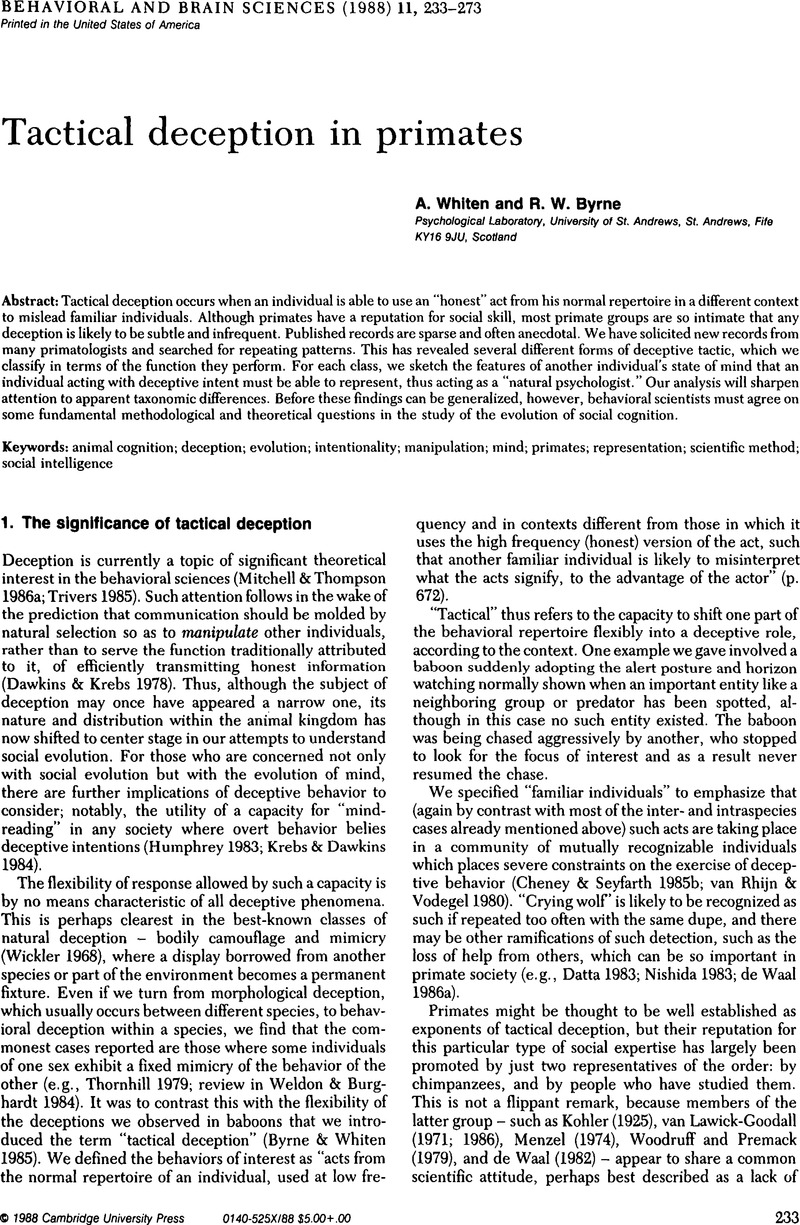Crossref Citations
This article has been cited by the following publications. This list is generated based on data provided by Crossref.
King, Barbara J.
1991.
Social information transfer in monkeys, apes, and hominids.
American Journal of Physical Anthropology,
Vol. 34,
Issue. S13,
p.
97.



